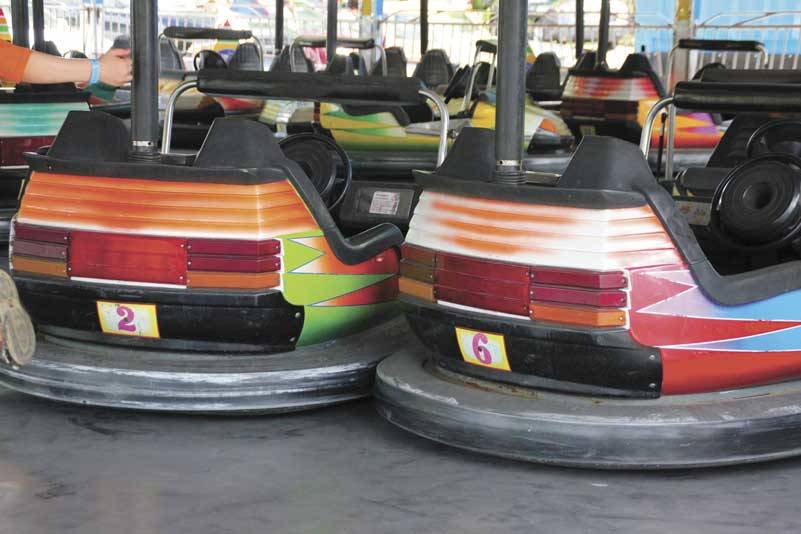By Don C. Brunell
Over the last 40 years our family has vacationed at the same place on the beach. While the buildings have been refurbished, the complex remains largely unchanged. The exception was last year when the COVID pandemic shutdown travel and beach lodging.
Over the years, our entertainment has changed a lot. We still swim, jump the waves and build sandcastles, but our board games, puzzles and playing cards have been replaced with kids’ electronic tablets, smart phones and movies down loaded from the internet.
We still take lots of pictures, but rather than taking them to film processing centers, we use cellphone cameras to instantly text and post photos on Facebook.
As long as we remember, the small Seaside (OR) arcade featuring a miniature golf course, Tilt-a-Whirl and bumper cars, has been popular and profitable. It is a cash only operations just as it has been for over 60 years.
Riding the bumper cars is more than entertainment, for us it is annual ritual that is highly therapeutic. It is family building.
There are no psychological studies, as far as we know, analyzing the benefits of “bumper car therapy.” However, from practical experience, we know driving bumper cars is a safe and an effective way to get rid of frustrations and angst.
Bumper cars became popular in 1920. The models in Seaside haven’t changed in years. Each vehicle is surrounded by a rubber bumper and drivers ram each other as they travel. The technology is anything but high tech.
The drivers control an accelerator and a steering wheel as they scoot across a metal floor. The 1940s style metal cars are powered by small electric motors. The cars are multi-directional and can turn on a dime. They are even made to spin.
The operators monitor the brisk action and adjust the flow of electricity to unsnarl pileups and to prevent injuries from head-on collisions.
Bumper cars are contact entertainment and “everyone is out for him or herself.” It is sort of a controlled demolition derby where the only thing dented is one’s pride.
In bumper cars every driver is equal. You pay your money and the only difference in the cars is their color. It is impossible to text while driving. Drivers can’t avoid getting hit and once the bumping starts, it is highly contagious.
Bumper cars can humble even the most powerful people, but after the ride ends drivers walk away more relaxed and smiling. They have something to talk and laugh about for years.
“Dodgems” as the British call them, may make a comeback. They are a way for people of all ages to just have fun without expensive electronic gadgets.
The nice thing about the small amusement center in Seaside is its rides are affordable. Time and computerization have not eclipsed bumper cars.
There could be a new market which could return bumper cars’ popularity to the heydays nearly 90 years ago. Think of their therapeutic benefits as a way for dueling politicians, pandering media types, feuding families and opposing groups to unlock horns.
Perhaps, they could eliminate the bitter political polarization just as the famous poker games between President Ronald Reagan and House Speaker Tip O’Neil did in the early 1980s.
For a few seconds, imagine Joe Biden, Kamala Harris, Mitch McConnell, Nancy Pelosi, Chuck Schumer and Donald Trump banging into each other in bumper cars in Seaside, Oregon. It would be international headline news.
A bumper car ride or two might even bring some harmony—-at least for 10 minutes. Given what’s going on today, it’s worth a try.
*****
Don C. Brunell is a business analyst, writer and columnist. He retired as president of the Association of Washington Business, the state’s oldest and largest business organization, and now lives in Vancouver. He can be contacted at theBrunells@msn.com.





